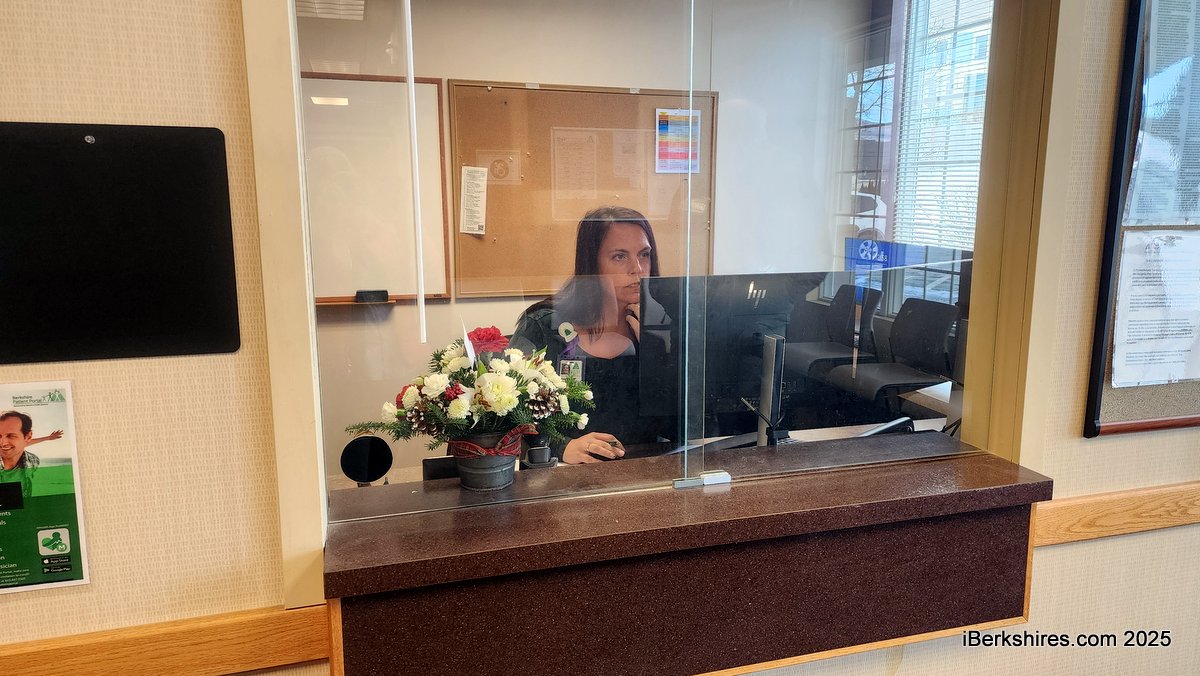Letters: Give Housing Committee Chance to Study Lowry
 |
To the Editor:
Williamstown's Affordable Housing Committee, which I'm a member of, has one goal, which is to increase the amount of housing that people of below average income can afford.
Our central task for the past few years has been to evaluate all of the building sites that seem to be candidates for construction. Because the town owns 59 Water (old town garage site) and Photech (down Cole Avenue), we have been able to take some of the money that voters gave us at last year's town meeting and pay engineers and chemists to look at those sites.
If Lowry (adjacent to and southeast of the Eastlawn Cemetery on Main Street) had not been overseen by the Conservation Commission, we would have paid engineers and chemists to evaluate it as well, at the same time. Because Lowry is managed by ConCom, we have needed to get permission from that committee to do this basic evaluation work.
We cannot pay for engineering and drainage studies, let alone real plans, before we get permission because we can't legally spend public money to evaluate a site that we cannot, legally, build on.
The question before the town now is whether Lowry's conservation status may be suspended so that the Affordable Housing Committee can pay engineers, chemists, and other professionals to see whether building any housing on the site is feasible. Right now, we know a lot about 59 Water, and we know a lot about Photech. We don't know anything about Lowry except that the town owns it, and it is within the town water and sewer district.
It is, unfortunately, possible that we will hear discouraging news about Lowry as we have about other sites. Williamstown has been inhabited for a long time, and a lot of people have left junk behind them.
I live on White Oaks Road, "way up there," as the election clerks always say, "even past the church." A previous owner of my house diverted a stream to run into a swimming pool, whose concrete he poured himself, and then, when it cracked, not only moved the stream even further off course, but also filled the pool with bed springs and lead pipes before chucking some clay and rock on top.
You'd never know unless you tried to dig a vegetable garden there the summer you moved in. Even people are buried where you'd least expect it. This experience is why AHC pays for studies. We are asking the town to allow us to pay professionals to evaluate Lowry.
If the drainage and gradients and so forth are discouraging, we will not advocate building there. We are, however, hoping that engineering results will give us a green light that will enable 25 to 30 units on 59 Water, 25-30 at Photech, and 40-50 on Lowry. But if the town builds 100 units of housing that is affordable to people with incomes of 30 and 60 percent of the area mean, we will be halfway to our goal. One hundred would be halfway.
Cheryl Shanks
Affordable Housing
Committee member
April 13, 2013
Tags: affordable housing, conserved land, lowry property,
















